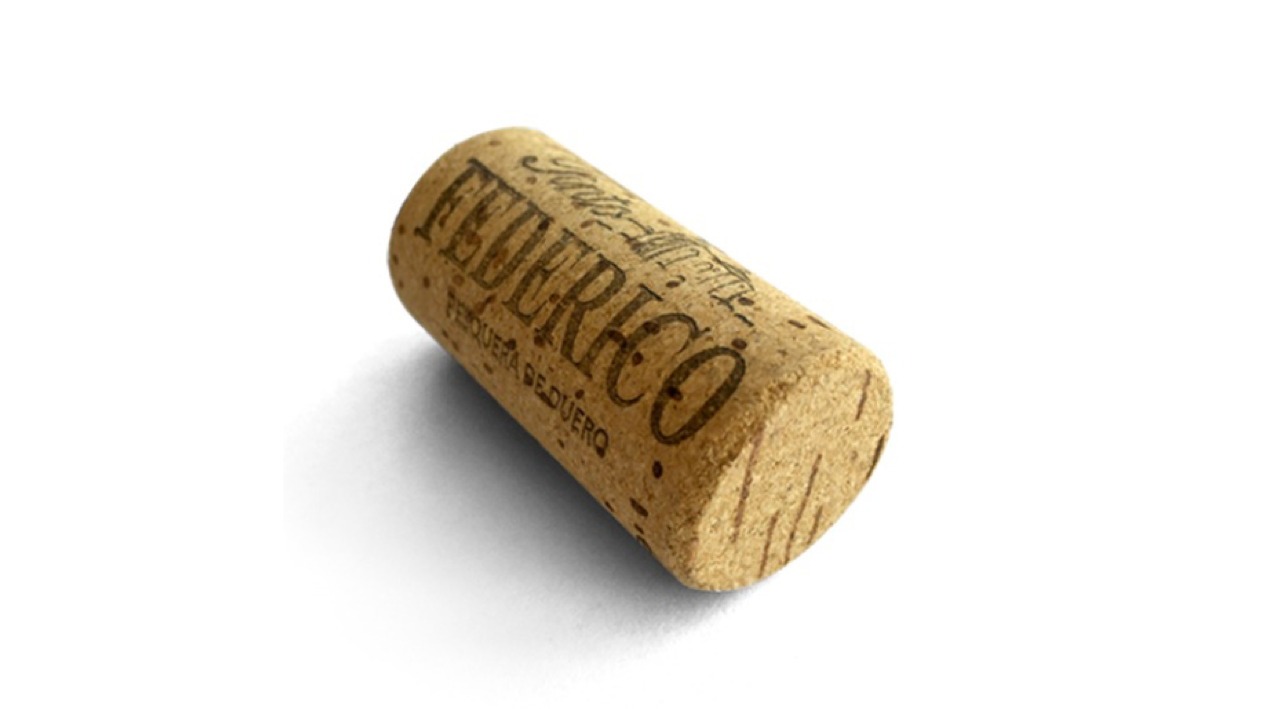Each bottle is like a chapter in a slowly unfolding story, a story that is made up of the land, the climate, the grapes and the cork that seals its fate.
Cork, obtained from the bark of the cork oak, has been used as a stopper for more than 400 years. Its elasticity and ability to tightly seal bottles gave it an advantage over other materials. However, its contribution goes beyond simple functionality. The cork stopper is a custodian of time, preserving the unique characteristics of each vintage and allowing the wines to evolve in the bottle.
The relationship between cork and wine is a dance of perspiration and oxygenation. Unlike synthetic stoppers, cork allows controlled micro-oxygenation. This subtle, but essential process allows the wine to gradually mature, improving its organoleptic qualities. The cork acts as an intermediary between the wine and the outside, allowing it to breathe without exposing it to sudden changes that could alter its aromatic and taste profile.
In recent decades, synthetic stoppers and screw caps have emerged as popular alternatives to traditional cork. These materials offer practical advantages, such as the absence of risk of contamination by TCA (trichloroanisole), a chemical that can negatively affect the aroma of wine, when present in cork stoppers. Although these alternatives have gained ground, many producers and wine lovers remain loyal to cork for its historical connection and oenological benefits.
Sustainability has also influenced the perception of cork. Cork extraction is an environmentally friendly process, as the bark is removed from the tree without damaging the trunk and allows the cork oak to regenerate. This sustainable harvest cycle has led to a renewed appreciation of cork as a natural and renewable material compared to more synthetic alternatives.
A recent study by the Cork Center laboratory of the Catalan Cork Institute Foundation revealed that 96% of the best wines in Spain retain the use of cork stoppers, concluding that this type of closure is synonymous with quality.
As the world of wine embraces innovation, the cork has proven that it is not just a closure, it is a link that connects the wine to its origin, its maturation process and the anticipation felt when opening a special bottle.
In tune with this exploration, is Bodegas Federico, an emblem of winemaking tradition and passion for excellence. Rooted in the rich vineyard land of Pesquera de Duero, we have perfected the art of creating wines that not only capture the flavor of the grape, but also the very essence of the terroir. It is in these bottles that the cork stopper plays its role, allowing the alchemy of the wine to slowly develop, creating a symbiosis between the wood and the liquid.
When you uncork a bottle of Tinto Federico, made by Bodegas Federico, a unique sensory experience begins. The cork, by releasing the bouquet of aromas trapped for months or even years, acts as the keeper of the wine’s secrets.
The relationship between corks and wine is more than just a means of sealing a bottle. It is an intrinsic connection that unites the past, present and future of wine. In the case of the excellent wines of Bodegas Tinto Federico, this connection is raised to new heights, where each cork is a celebration of winemaking mastery and enological craftsmanship.
So, the next time you find yourself in front of a bottle of Tinto Federico, from Bodegas Federico, let the cork stopper be your guide on this sensory journey. Uncork with reverence, savor with delight, and immerse yourself in the story that unfolds in every sip. Because in the world of wine, the magic lies not only in the bottle, but also in the humble stopper that seals it.


